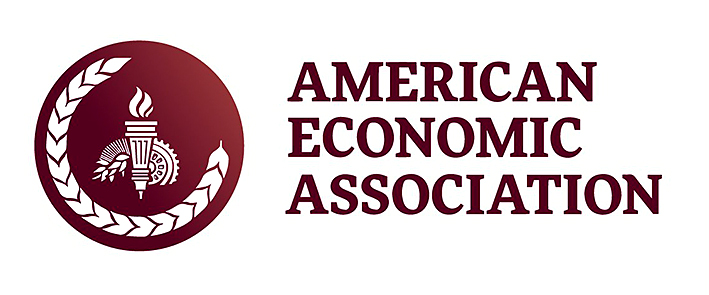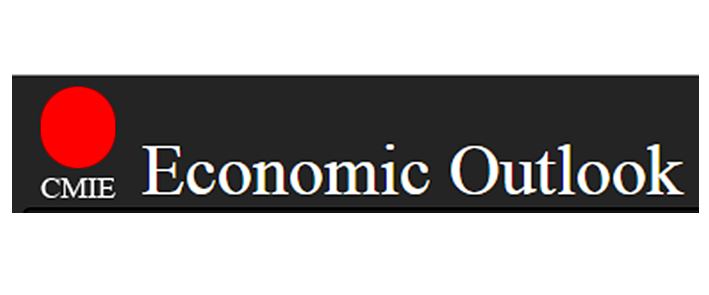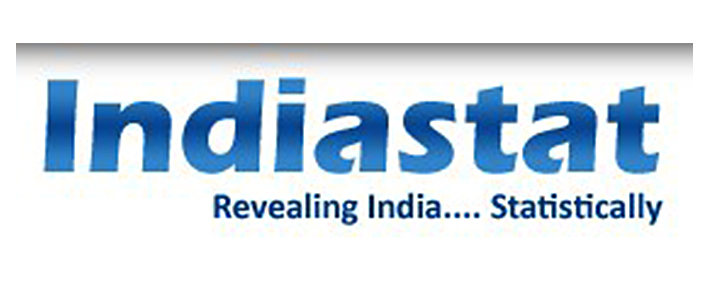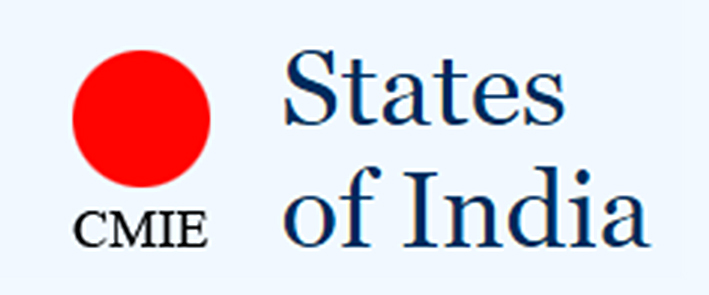| 000 -LEADER |
|---|
| fixed length control field |
04313nam a22002894a 4500 |
| 003 - CONTROL NUMBER IDENTIFIER |
|---|
| control field |
IN-MiVU |
| 005 - DATE AND TIME OF LATEST TRANSACTION |
|---|
| control field |
20240703145129.0 |
| 006 - FIXED-LENGTH DATA ELEMENTS--ADDITIONAL MATERIAL CHARACTERISTICS |
|---|
| fixed length control field |
m||||go|||| 00| 0 |
| 007 - PHYSICAL DESCRIPTION FIXED FIELD--GENERAL INFORMATION |
|---|
| fixed length control field |
cr |||aaaaa |
| 008 - FIXED-LENGTH DATA ELEMENTS--GENERAL INFORMATION |
|---|
| fixed length control field |
240703s2000 xxuab gob 001 0 eng |
| 020 ## - INTERNATIONAL STANDARD BOOK NUMBER |
|---|
| International Standard Book Number |
9780197561423 |
| Terms of availability |
GBP97.00 |
| Qualifying information |
(e-book) |
| 024 7# - OTHER STANDARD IDENTIFIER |
|---|
| Source of number or code |
DOI: |
| Standard number or code |
https://doi.org/10.1093/oso/9780195128987.001.0001 |
| 040 ## - CATALOGING SOURCE |
|---|
| Language of cataloging |
eng |
| Transcribing agency |
IN-MiVU |
| 082 04 - DEWEY DECIMAL CLASSIFICATION NUMBER |
|---|
| Edition number |
21 |
| Classification number |
363.7285 |
| Item number |
TAM/W |
| 100 1# - MAIN ENTRY--PERSONAL NAME |
|---|
| Personal name |
Tammemagi, H. Y. |
| Relator term |
author |
| Fuller form of name |
(Hans) |
| 245 14 - TITLE STATEMENT |
|---|
| Title |
The waste crisis: |
| Remainder of title |
Landfills, incinerators, and the search for a sustainable future / |
| Statement of responsibility, etc. |
by Hans Tammemagi. |
| Medium |
[electronic resource] |
| 260 3# - PUBLICATION, DISTRIBUTION, ETC. |
|---|
| Place of publication, distribution, etc. |
New York : |
| Name of publisher, distributor, etc. |
Oxford University Press, |
| Date of publication, distribution, etc. |
1999. |
| 300 ## - PHYSICAL DESCRIPTION |
|---|
| Extent |
e-book contains 279 p. |
| 504 ## - BIBLIOGRAPHY, ETC. NOTE |
|---|
| Bibliography, etc. note |
Includes bibliographical references (p. 271-276) and index. |
| 505 0# - FORMATTED CONTENTS NOTE |
|---|
| Formatted contents note |
Contents<br/>Front Matter<br/>Title Pages <br/>Dedication <br/>Preface <br/>Expand31 Waste <br/>View chapter<br/>Expand112 Starting from Basics <br/>View chapter<br/>Expand193 Historical Perspectives: What Can We Learn? <br/>View chapter<br/>Expand334 Integrated Waste Management: More than Just Landfills <br/>View chapter<br/>Expand455 Recycling and Composting: Making a Molehill Out of a Mountain <br/>View chapter<br/>Expand616 Wastes: Know Your Enemy <br/>View chapter<br/>Expand897 Landfills: How Do They Work? <br/>View chapter<br/>Expand1258 Are There Better Disposal Methods? <br/>View chapter<br/>Expand1459 Incineration: The Burning Issue <br/>View chapter<br/>Expand16710 Containment, Encapsulation, and Treatment <br/>View chapter<br/>Expand17911 Case Histories <br/>View chapter<br/>Expand22512 The All-Powerful NIMBY <br/>View chapter<br/>Expand24513 A New Approach <br/>View chapter<br/>Expand25625714 Futuristic Garbology: A Vision <br/>View chapter<br/>End Matter<br/>Glossary <br/>References <br/>277Index |
| 520 3# - SUMMARY, ETC. |
|---|
| Summary, etc. |
Abstract<br/>We gaze with some apprehension at a sleek, shiny machine that looks like a cross between a sports car and a small spaceship. Illuminated in a vertical cylinder of light, the time capsule silently awaits our entry; it gives no clue to what we can expect at our destination, the year 2032. With racing hearts, our small group of garbologists enters; we strap ourselves in. Soon the countdown begins. There is only the briefest feeling of levitation, a slight rising sensation in the pit of the stomach as though descending in a fast elevator, and then we are there. As we exit, our curiosity is at fever pitch. What has happened to the Earth in the three decades we miraculously skipped over? Before we departed, the world’s population was rapidly approaching 6 billion, with many signs that the environment was finally wilting under this onslaught. We could only guess at what three more decades of continued environmental degradation might yield. Would we find air that was breathable, only traces of an ozone layer, any remnants of tropical or old-growth forests, any parks or green spaces in cities? Would North America be one giant parking lot? With these questions buzzing through our brains, we begin our futuristic exploration, like archeologists working in reverse. We move invisibly through this new time domain, knowing that we can only observe and not affect anything we see. It is clear that we are still in New York City, but what a change! The streets are no longer choked with car traffic, although small motorized bicycles, some built for two or three people, are darting everywhere. There is no haze in the sky, the air feels clean and brisk, and the streets are completely free of litter. Recycle containers are ubiquitous; they are green and divided into six compartments. As we soon discover, every house, apartment building, streetcorner, park, airport, shopping mall, and baseball diamond has recycling containers; there are no waste bins. People treat garbage as a resource rather than as something undesirable, and they spend considerable effort in separating the various recyclable components, whether they are at home, at work, in a cafeteria, or at play. |
| 650 #0 - SUBJECT ADDED ENTRY--TOPICAL TERM |
|---|
| Topical term or geographic name entry element |
Integrated solid waste management. |
| 653 00 - INDEX TERM--UNCONTROLLED |
|---|
| Uncontrolled term |
Economic Geography |
| 856 40 - ELECTRONIC LOCATION AND ACCESS |
|---|
| Materials specified |
https://academic.oup.com/book/40872 |
| Uniform Resource Identifier |
<a href="https://academic.oup.com/book/40872">https://academic.oup.com/book/40872</a> |
| Link text |
Click here |
| 942 ## - ADDED ENTRY ELEMENTS (KOHA) |
|---|
| Source of classification or shelving scheme |
|
| Koha item type |
E-Book |























